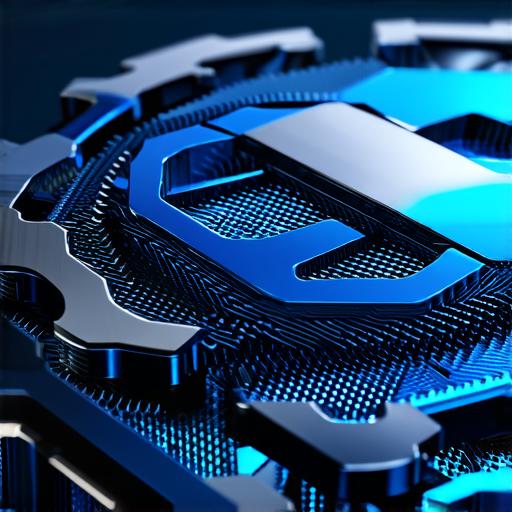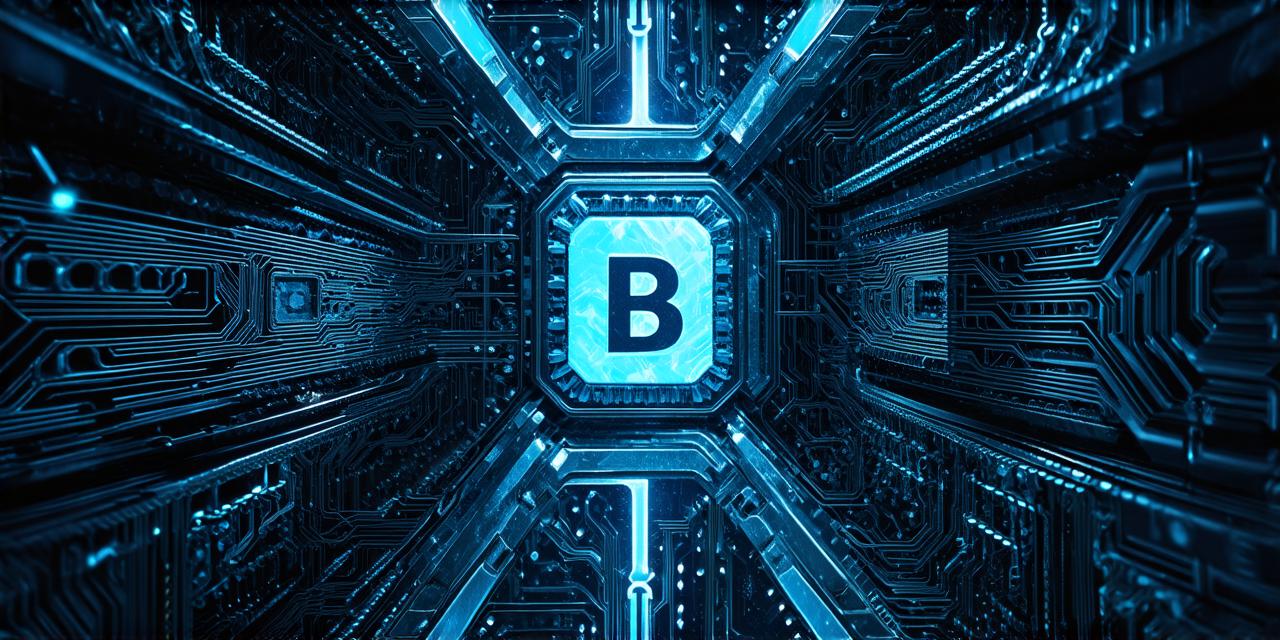As the world continues to grapple with issues of security and privacy, blockchain technology is emerging as a promising solution. One of the key characteristics that sets blockchain networks apart from traditional systems is their decentralized nature, which provides several benefits for security and protection.
Understanding Decentralization
To understand how decentralization enables blockchain networks to protect themselves, it is important to first define what decentralization means. In its simplest form, decentralization refers to the distribution of power, authority, or control away from a central point or location. In the context of blockchain technology, decentralization refers to the use of a distributed network of computers and nodes to store, process, and validate data, rather than relying on a single central authority or server.
The Benefits of Decentralization for Security and Protection
There are several ways in which decentralization benefits blockchain networks when it comes to security and protection:

-
Immutability: One of the key features of blockchain technology is its immutability, or the inability to be altered once data has been recorded on the network. This is achieved through the use of cryptographic algorithms that secure the network and prevent unauthorized changes to the data stored on it. Decentralization plays a crucial role in maintaining immutability by ensuring that there is no single point of failure or control, which could be vulnerable to attack.
-
Resistance to censorship: Another benefit of decentralization for security and protection is its resistance to censorship. With blockchain technology, data is stored on a distributed network of computers, making it much more difficult for any single entity to control or suppress information. This makes blockchain networks highly resistant to censorship and manipulation, which is particularly important in contexts where freedom of speech and access to information are under threat.
-
Improved scalability: Decentralization can also improve the scalability of blockchain networks. By distributing data and processing power across a network of computers, blockchain systems can handle increased levels of traffic and usage without suffering from slowdowns or crashes. This makes decentralized systems more efficient and effective than centralized systems, which can become overwhelmed by large amounts of data or user activity.
-
Enhanced transparency: Finally, decentralization can enhance the transparency of blockchain networks, making it easier for users to see and understand how the system is functioning. With a distributed network of computers and nodes, it is much more difficult for any single entity to manipulate or hide data, which can help to increase trust and confidence in the system.
Real-Life Examples of Decentralization in Action
There are many real-life examples of decentralization in action, particularly in the field of blockchain technology. Here are a few:
-
Bitcoin: Perhaps the most well-known example of decentralization in action is Bitcoin, the world’s first and largest cryptocurrency. Bitcoin is based on a distributed ledger called the blockchain, which stores all transactions made with the currency in a secure and transparent manner. This has made it highly resistant to fraud and manipulation, and has helped to establish Bitcoin as a trusted form of digital currency.
-
Ethereum: Another example of decentralization in action is Ethereum, a platform that allows developers to build decentralized applications (dApps) on top of the blockchain. Ethereum’s smart contract technology enables users to create self-executing contracts and automate complex processes, which has made it a popular choice for a wide range of industries and use cases.
-
IPFS: The InterPlanetary File System (IPFS) is a decentralized file storage system that allows users to store and share files in a secure and efficient manner.
